Picture walking through a forest and suddenly realizing that what you thought was a twig is actually moving. Or that seemingly innocent leaf just took flight right before your eyes. Welcome to the incredible world of insect camouflage, where millions of years of evolution have created some of nature’s most mind-blowing illusions. These tiny magicians don’t need fancy equipment or Hollywood special effects – they’ve mastered the art of disappearing in plain sight using nothing but their own bodies.
The Ancient Art of Invisibility
Insect camouflage isn’t just about looking pretty – it’s a matter of life and death that’s been perfected over 400 million years. These creatures have developed disguises so convincing that even trained entomologists sometimes struggle to spot them in their natural habitats. The evolutionary pressure to avoid becoming someone’s lunch has pushed insects to develop some of the most sophisticated camouflage techniques on Earth. Think of it like nature’s ultimate game of hide-and-seek, where the stakes couldn’t be higher. Some insects have become so specialized in their mimicry that they’ve essentially become living sculptures, frozen in poses that perfectly match their chosen disguise.
Stick Insects: The Ultimate Branch Impersonators
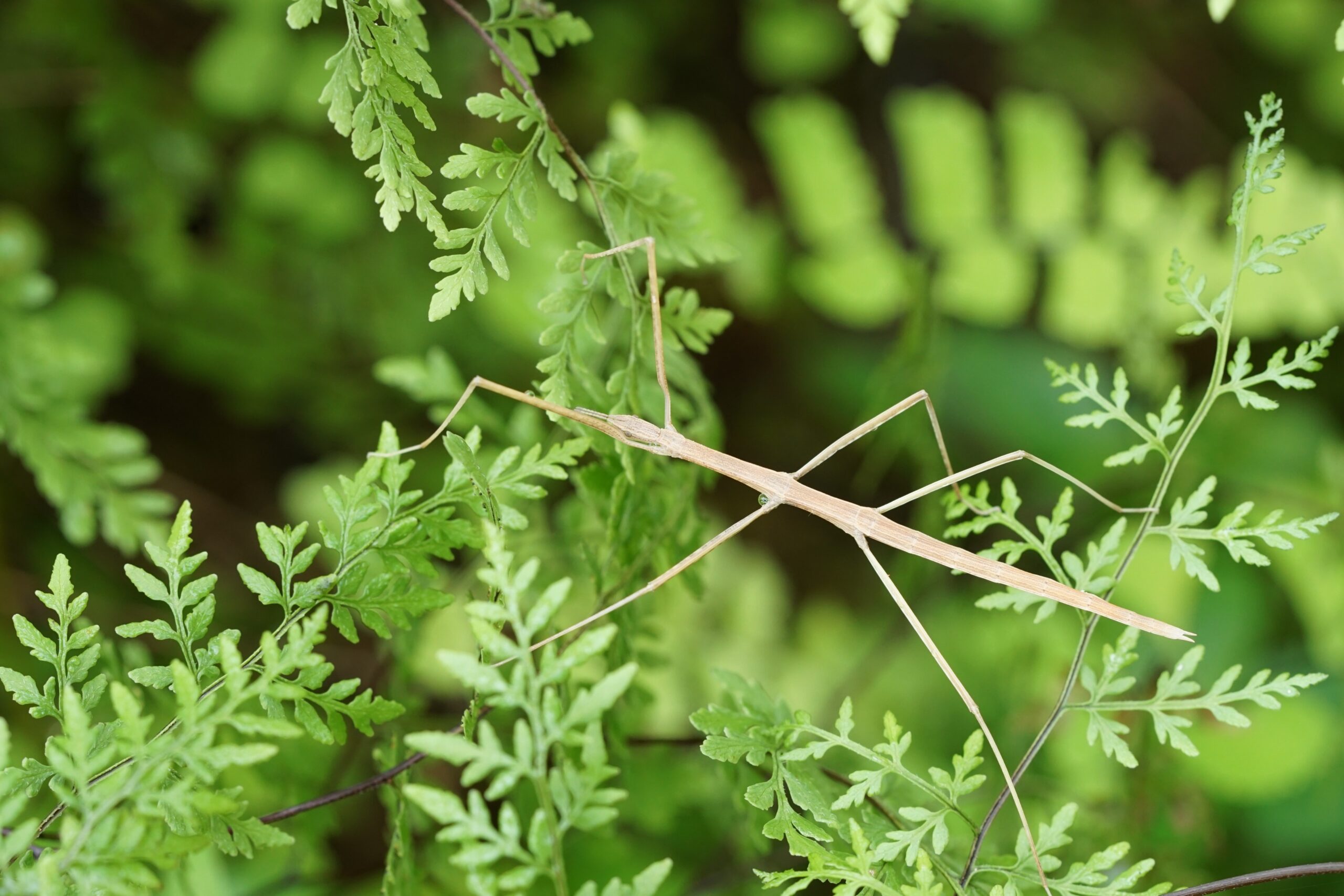
Walking sticks, or phasmids, are perhaps the most famous masters of botanical disguise in the insect world. These elongated creatures have stretched their bodies into perfect twig replicas, complete with bark-like textures and even fake leaf scars. The longest stick insect ever recorded stretched an incredible 25 inches, making it longer than many small branches you’d find on trees. When threatened, they’ll freeze completely still and sway gently in the breeze, mimicking how a real branch would move. Some species even have specialized legs that look exactly like smaller twigs sprouting from the main branch, creating an illusion so perfect it’s almost supernatural.
Leaf Insects: Living Plant Parts That Breathe
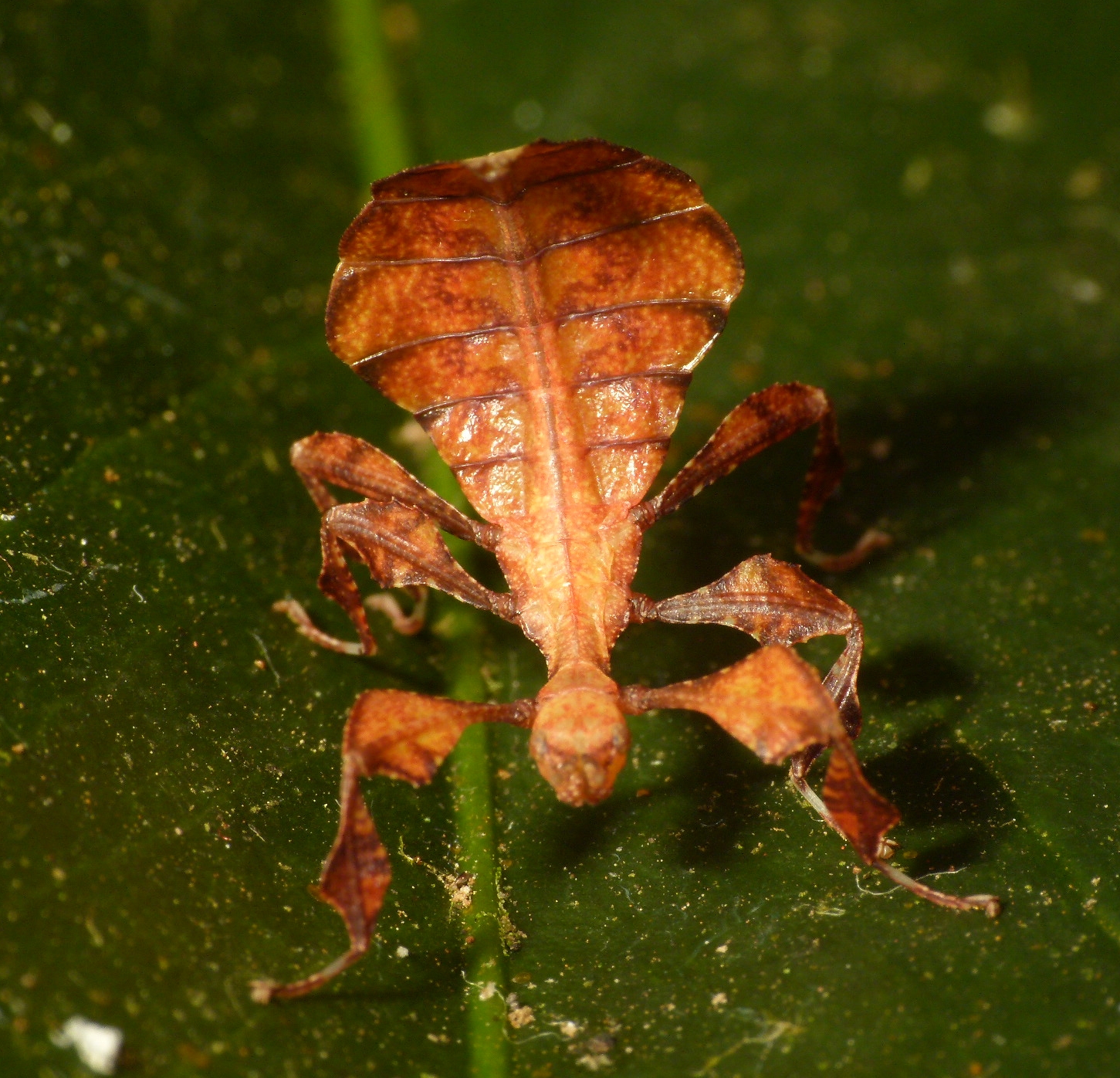
Phylliidae, or leaf insects, have taken plant mimicry to an art form that would make any costume designer jealous. Their flattened bodies perfectly replicate the shape, color, and even the vein patterns of real leaves from their host plants. Female leaf insects are particularly impressive, with wing covers that look like weathered leaves complete with brown spots that mimic natural decay. When they walk, they rock back and forth slowly, imitating how leaves flutter in a gentle breeze. The attention to detail is so extraordinary that some species even have tiny notches along their body edges that look exactly like insect bite marks on real leaves.
Rock Hoppers: Masters of Stone Mimicry
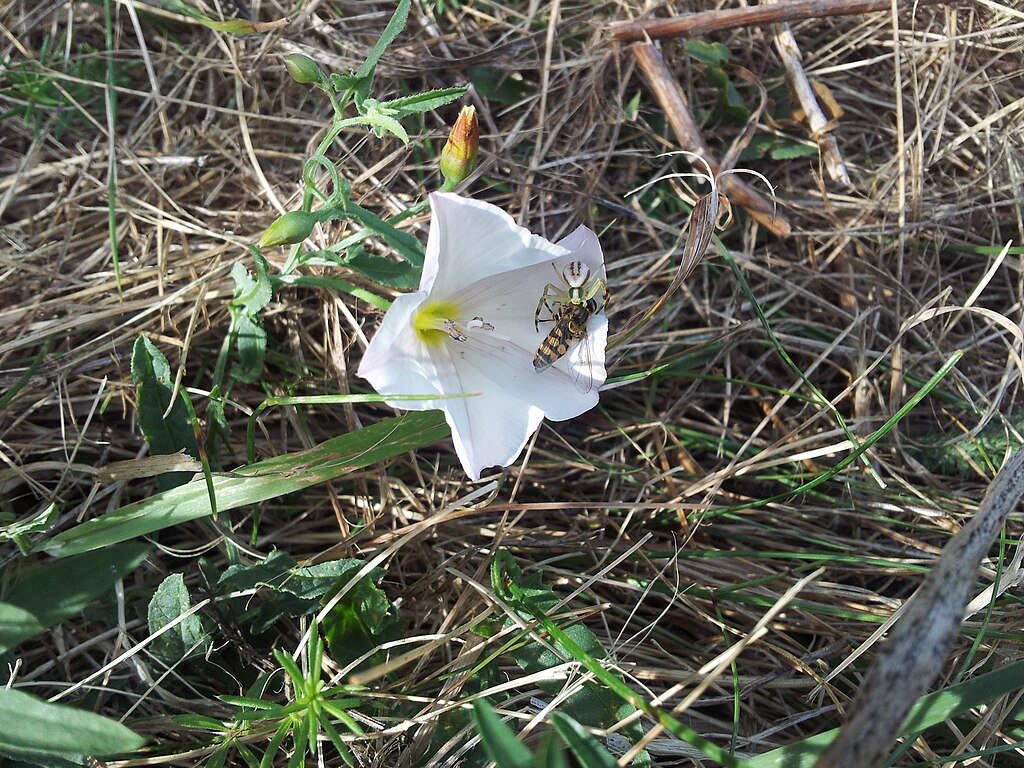
While less common than stick and leaf mimics, some insects have perfected the art of looking like rocks and pebbles. Certain grasshoppers and moths have developed mottled, grayish coloration that makes them virtually indistinguishable from small stones scattered on the ground. These rocky imposters often have irregular body shapes that break up their outline, making it nearly impossible for predators to recognize them as living creatures. When they remain motionless, even experienced naturalists can walk right past them without noticing. It’s like nature has scattered living pebbles throughout the landscape, each one waiting patiently for the perfect moment to reveal its true identity.
The Science Behind Perfect Disguises
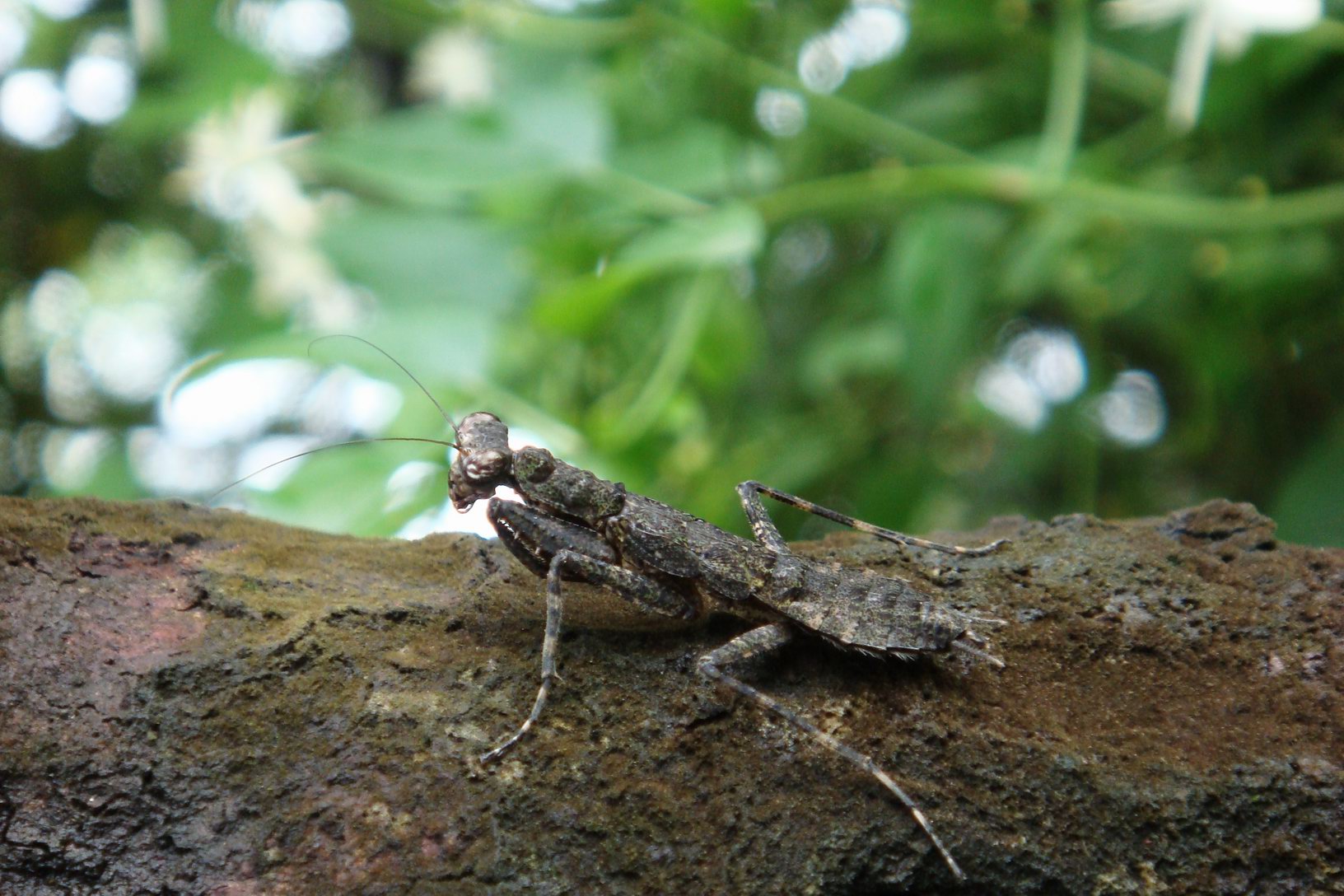
The secret to successful insect camouflage lies in understanding how predators hunt and what they’re looking for. Most predators rely on movement, contrasting colors, and familiar prey shapes to locate their next meal. Camouflaged insects exploit these hunting strategies by eliminating or mimicking these visual cues. Their body patterns often include disruptive coloration that breaks up their outline, making it difficult for predators to distinguish where the insect ends and the background begins. Scientists have discovered that the most successful camouflaged insects don’t just match colors – they match textures, patterns, and even the way light reflects off their surfaces. This multi-layered approach to disguise creates illusions so convincing that they can fool not just predators, but sophisticated cameras and human observers as well.
Color-Changing Champions
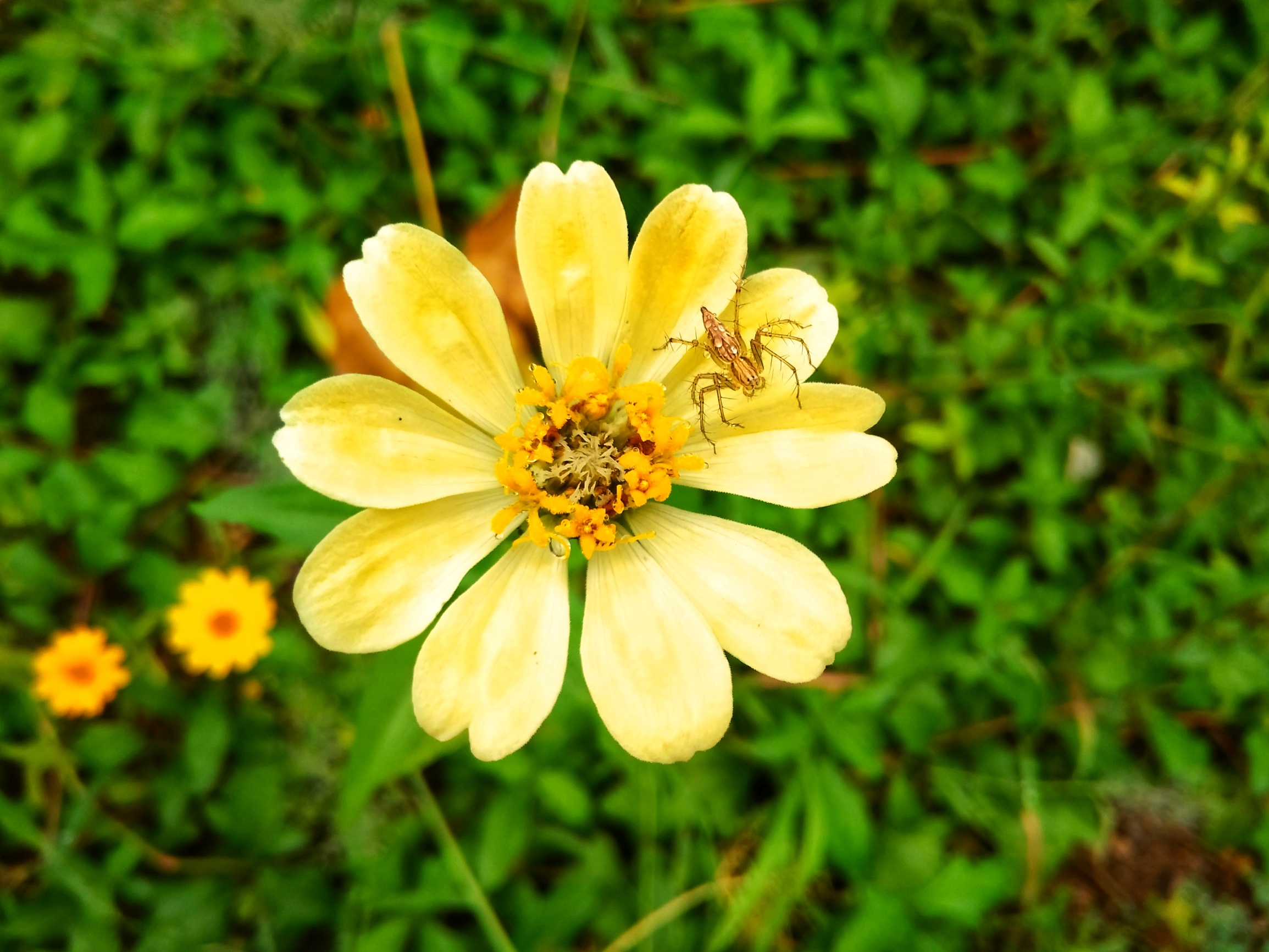
Some of nature’s most impressive camouflage artists can actually change their appearance on demand, like having a wardrobe full of different costumes. Certain stick insects and grasshoppers can shift their coloration from green to brown depending on their surroundings, a process that can take anywhere from hours to days. This remarkable ability is controlled by specialized cells called chromatophores that contain different colored pigments. When environmental conditions change – like when leaves turn brown in autumn – these insects can literally repaint themselves to match their new surroundings. It’s like having a personal stylist that automatically updates your look based on the latest environmental trends.
Behavioral Tricks That Seal the Deal
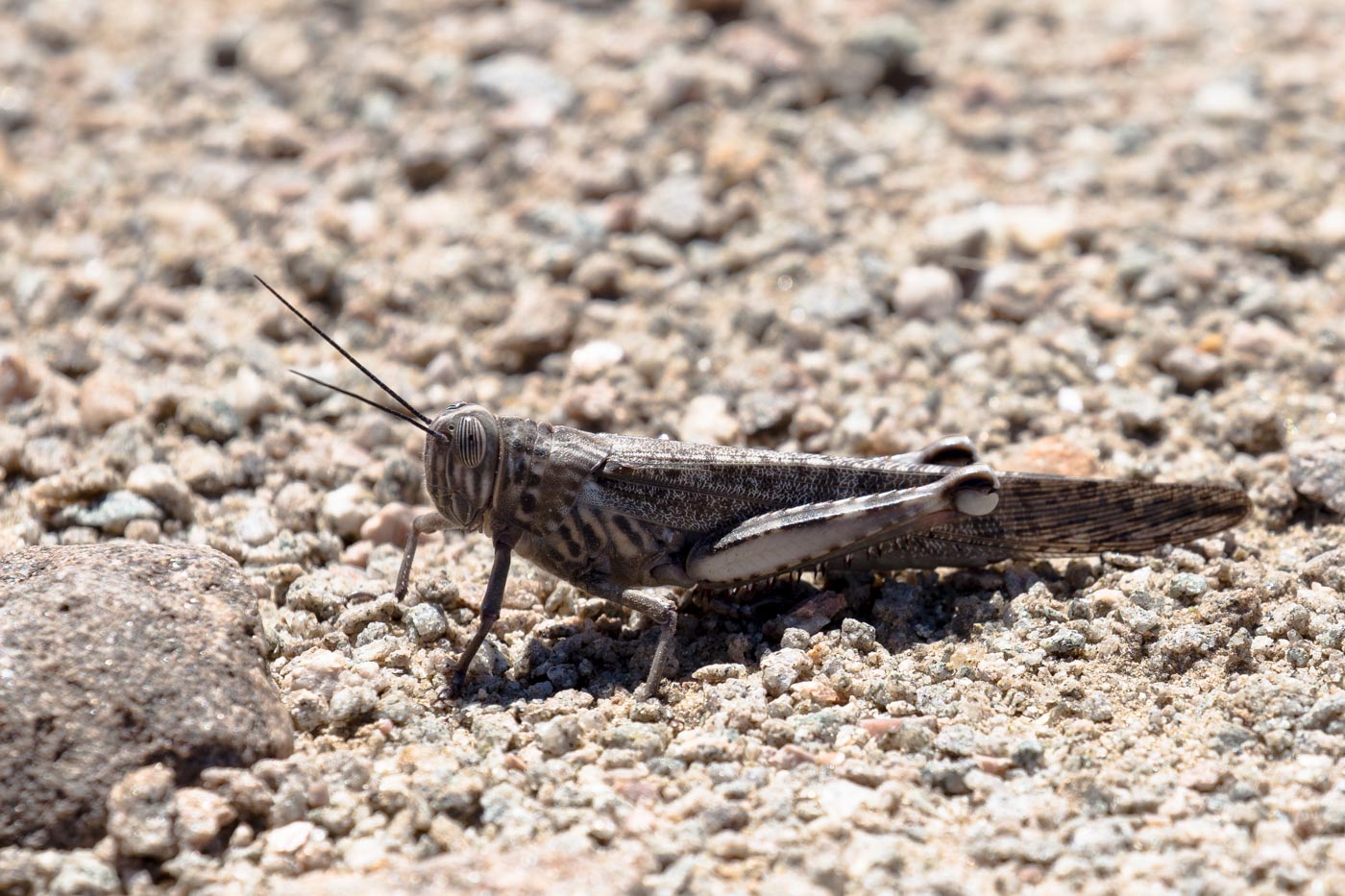
Perfect camouflage isn’t just about looking the part – it’s about acting the part too. Many camouflaged insects have developed specific behaviors that make their disguises even more convincing. Stick insects will align their bodies with real twigs and remain motionless for hours, even when touched or prodded. Some leaf insects feed exclusively at night and spend their days positioned among real leaves in poses that match the natural growth patterns of their host plants. Certain grasshoppers that mimic rocks will actually seek out areas with similar-colored stones and position themselves strategically among them. These behavioral adaptations show that successful camouflage requires both the right costume and the perfect performance.
The Predator’s Perspective
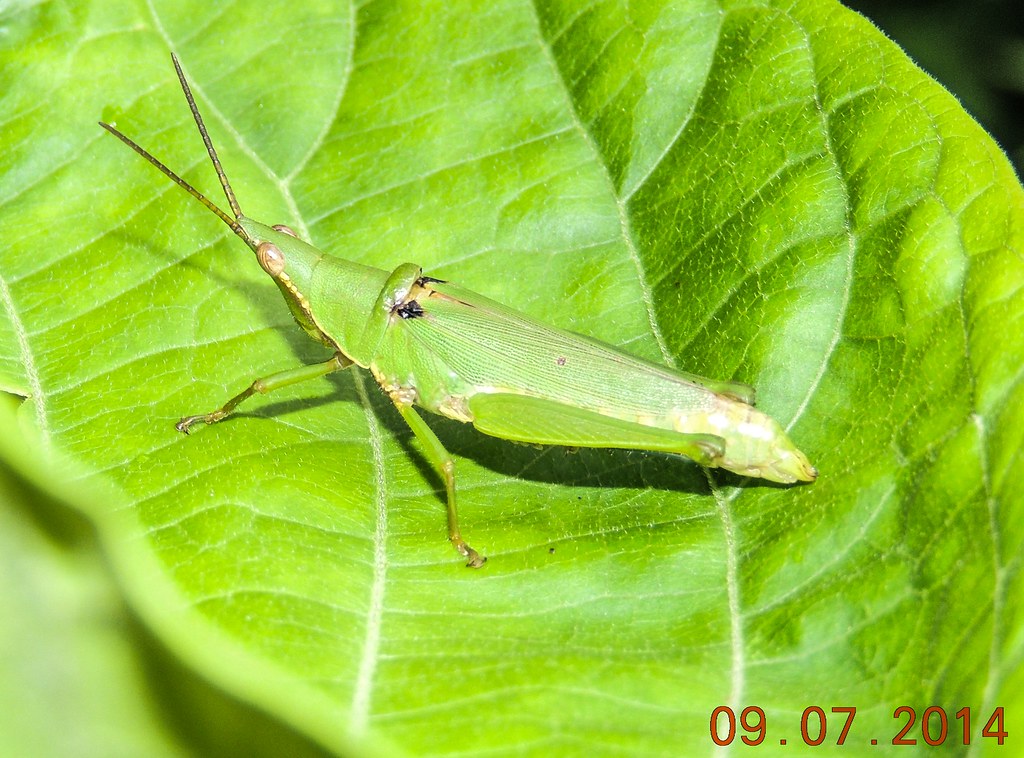
To truly appreciate insect camouflage, you need to see the world through a predator’s eyes – literally. Birds, spiders, and other insect hunters often see different wavelengths of light than humans do, which means an insect that looks perfectly camouflaged to us might stand out like a neon sign to a bird. Many successful camouflaged insects have evolved coloration that works across multiple visual systems, ensuring they remain hidden from various types of predators. Some insects even have different camouflage strategies for different body parts, with wing patterns designed to fool aerial predators and leg coloration meant to deceive ground-dwelling hunters. It’s like having multiple insurance policies, each one designed to protect against specific threats.
Evolutionary Arms Race in Action
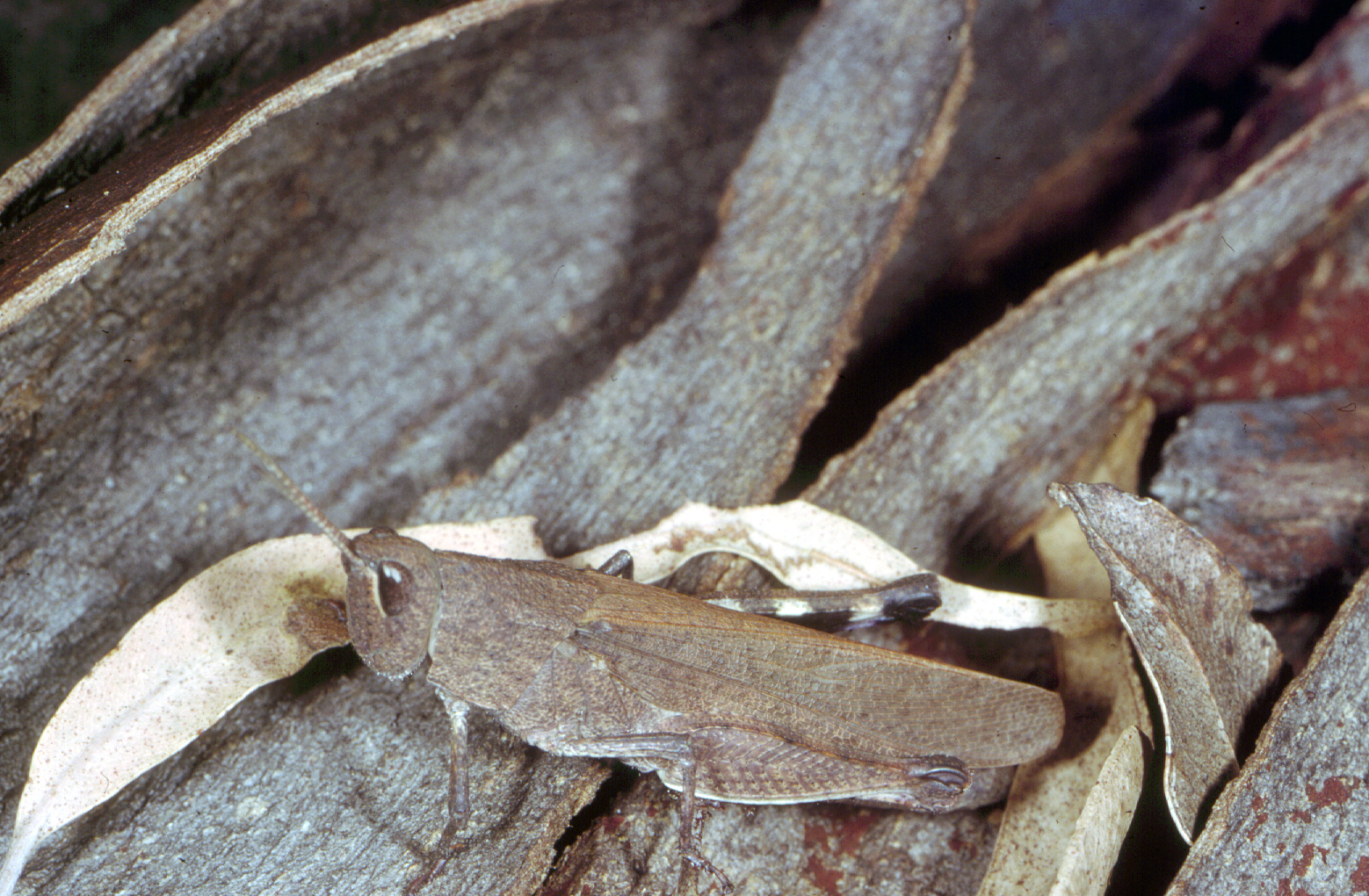
The relationship between camouflaged insects and their predators represents one of nature’s most intense evolutionary competitions. As insects develop better disguises, predators evolve sharper senses and more sophisticated hunting strategies. This back-and-forth has been going on for millions of years, pushing both sides to incredible extremes of adaptation. Some birds have developed the ability to detect the subtle movement patterns that give away even the best-camouflaged insects. In response, insects have evolved even more convincing behavioral mimicry and sometimes completely different survival strategies. This ongoing evolutionary dance has produced some of the most remarkable examples of adaptation in the natural world, with each generation slightly better at either hiding or seeking than the last.
Geographic Specialists
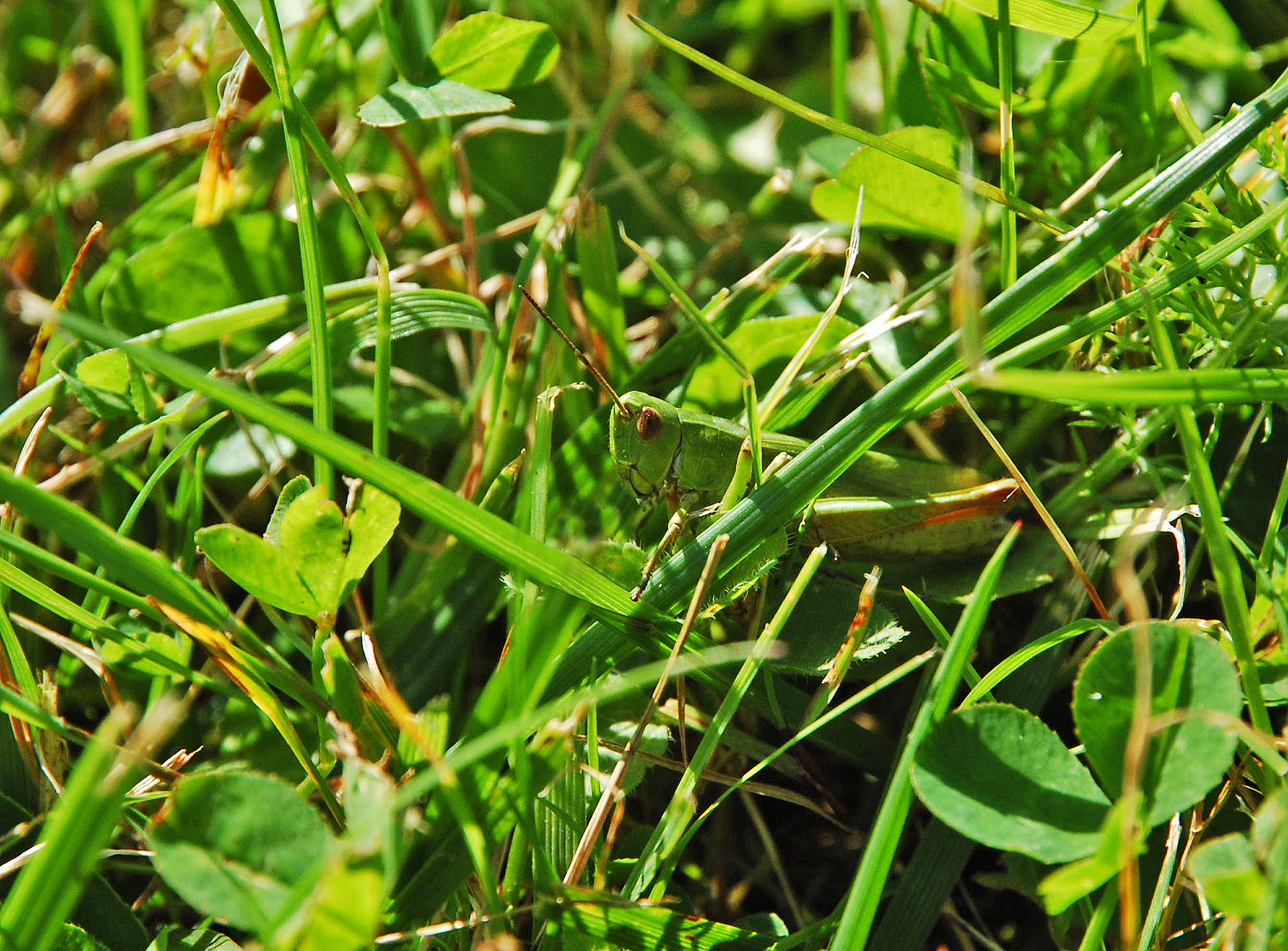
Different environments have produced their own unique camouflage specialists, each perfectly adapted to their specific habitat. Tropical rainforests are home to leaf insects that mimic the lush, green foliage of their surroundings, while desert-dwelling species have evolved to look like dry twigs and sun-bleached rocks. Mountain insects often display mottled patterns that blend perfectly with lichen-covered stones and bark. Arctic species have developed pale, almost translucent appearances that make them nearly invisible against snow and ice. Each ecosystem has essentially created its own school of camouflage, with local insects graduating as experts in their particular environmental conditions.
The Molecular Magic of Mimicry
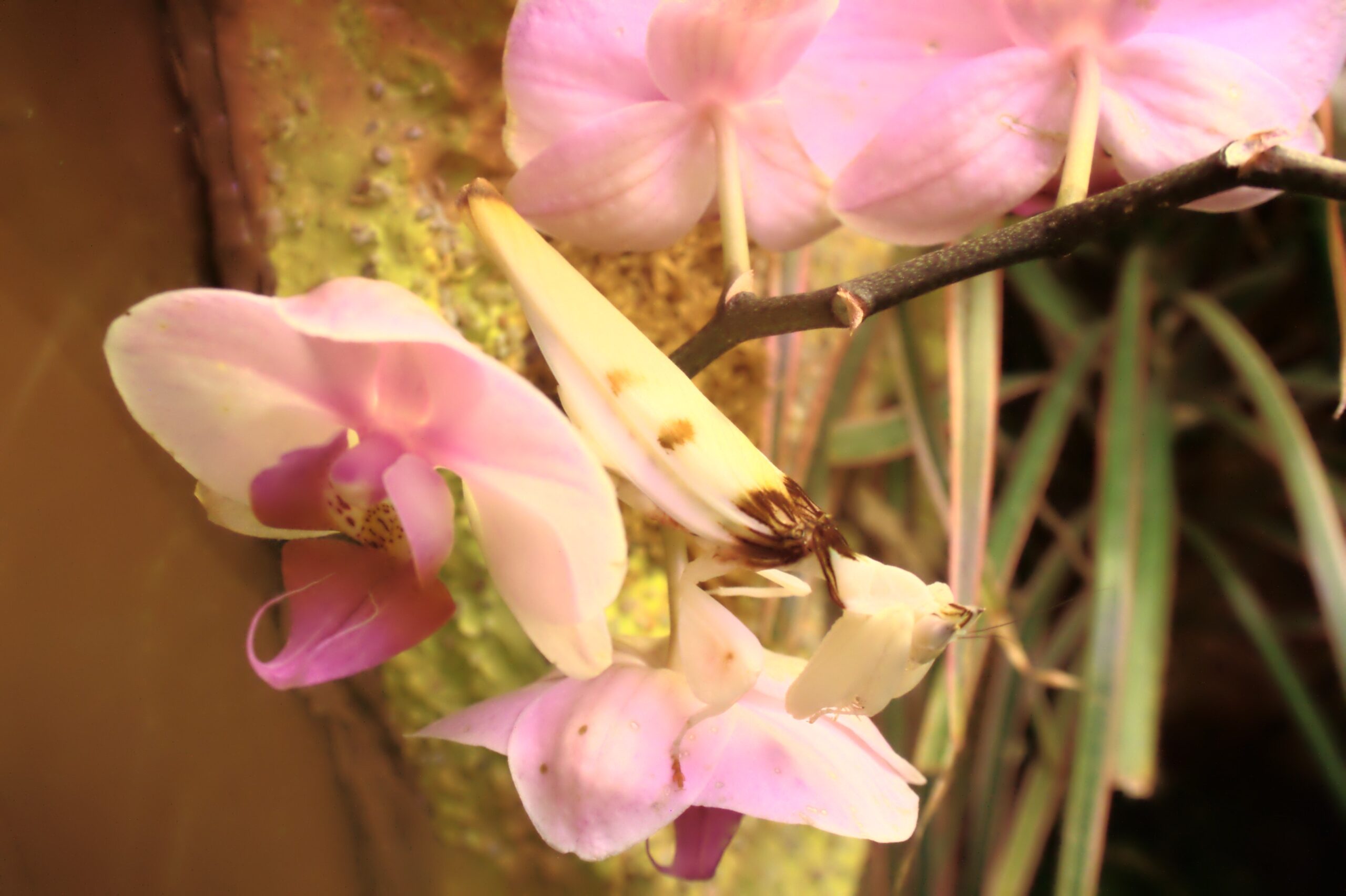
Recent scientific research has revealed the incredible molecular machinery that makes insect camouflage possible. Specialized proteins control everything from color production to texture formation, working together like a biological 3D printer to create perfect disguises. Some insects produce structural colors – brilliant hues created by the way light interacts with microscopic structures on their bodies rather than by pigments. These structural colors can change depending on the viewing angle, adding another layer of complexity to their camouflage. The genetic switches that control these systems are so sophisticated that scientists are studying them to develop new materials and technologies for human use.
Camouflage Failures and Backup Plans
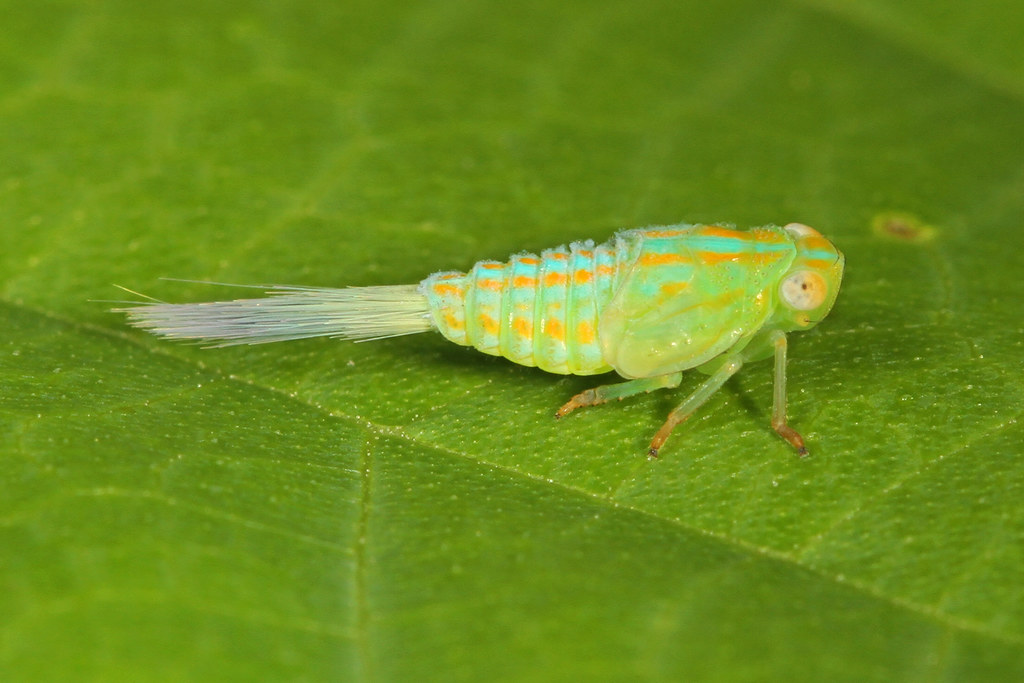
Even the best camouflaged insects sometimes get discovered, and evolution has provided them with backup survival strategies for when their disguises fail. Many stick insects can shed limbs when grabbed by predators, a process called autotomy that allows them to escape while the predator is distracted by the twitching appendage. Some leaf insects have startling displays – bright colors or patterns hidden on their wings that they flash suddenly to confuse attackers. Certain camouflaged moths can produce ultrasonic clicks that interfere with bat echolocation, essentially jamming their predators’ biological radar. These secondary defenses show that in nature, it pays to have more than one trick up your sleeve.
Human Inspiration from Nature’s Masters
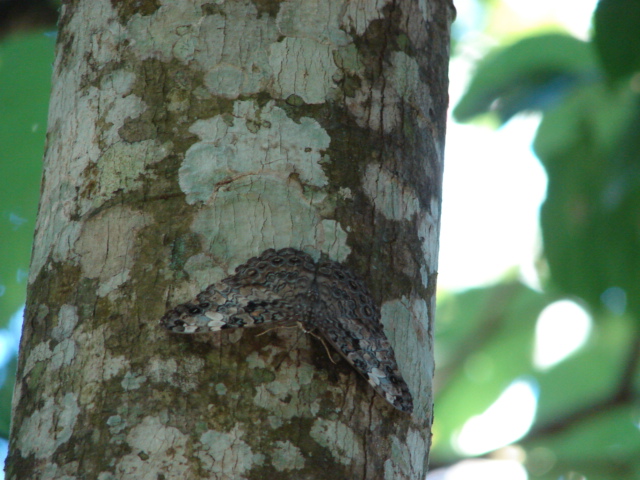
The camouflage techniques perfected by insects have inspired countless human innovations, from military applications to architectural design. Scientists studying stick insect movement patterns have developed more effective camouflage for military equipment and personnel. The color-changing abilities of certain insects have influenced the development of adaptive materials and smart textiles. Even the way camouflaged insects position themselves in their environments has informed the design of surveillance systems and robotics. By studying these tiny masters of disguise, humans continue to discover new principles that can be applied to technology, art, and design in ways that benefit society.
Climate Change and Camouflage Challenges
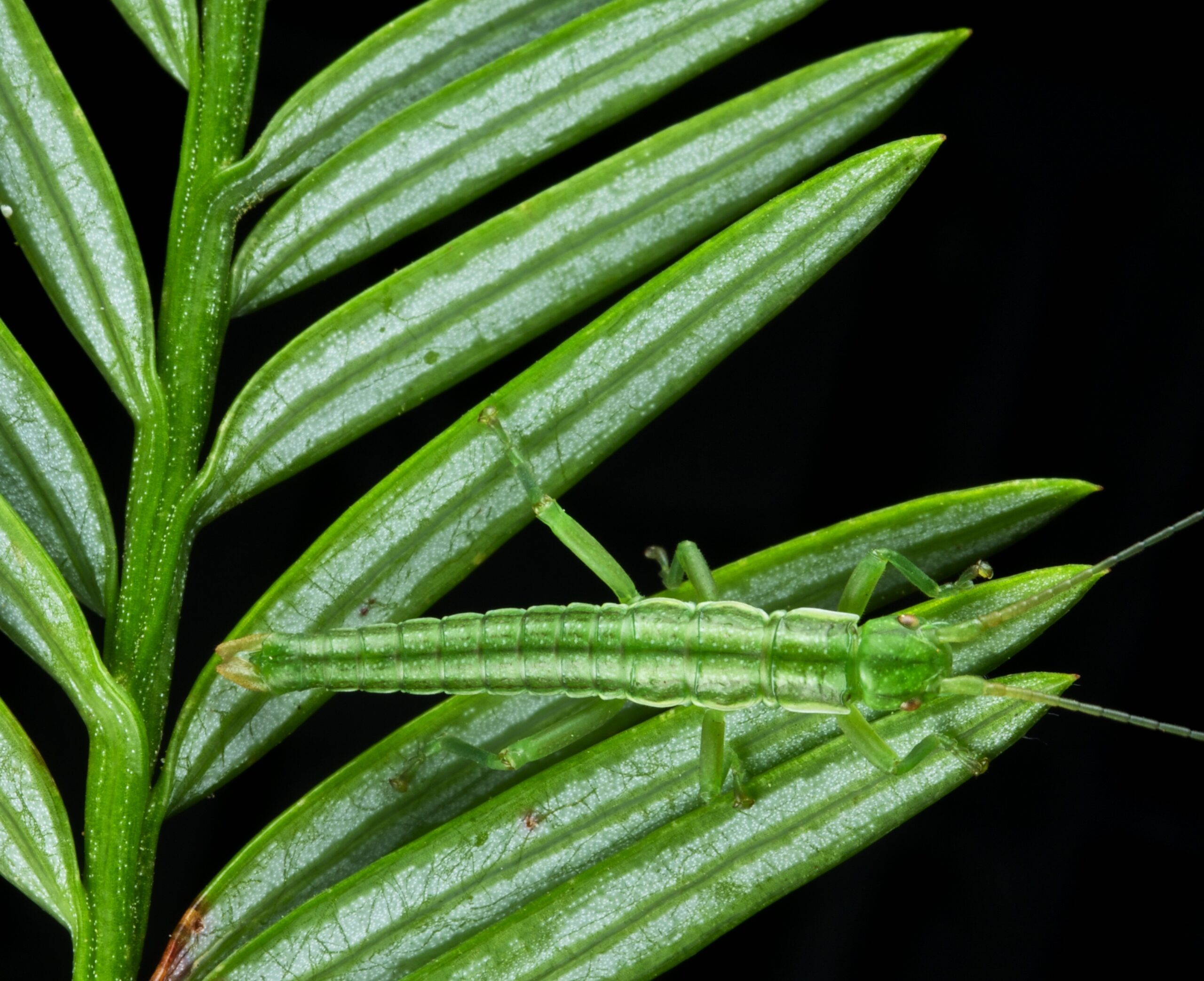
As our planet’s climate continues to change, many camouflaged insects face unprecedented challenges in maintaining their evolutionary advantages. Rising temperatures are altering the timing of seasonal color changes in plants, potentially leaving insects with outdated disguises that no longer match their surroundings. Shifting weather patterns are changing the distribution of plants that insects depend on for both food and camouflage models. Some species are adapting by expanding their repertoire of disguises or developing more flexible color-changing abilities. However, the rapid pace of environmental change may be faster than evolution can keep up with, creating new pressures on these remarkable creatures. The fate of nature’s camouflage masters may depend on their ability to adapt to a world that’s changing faster than ever before.
Conservation of Nature’s Illusionists
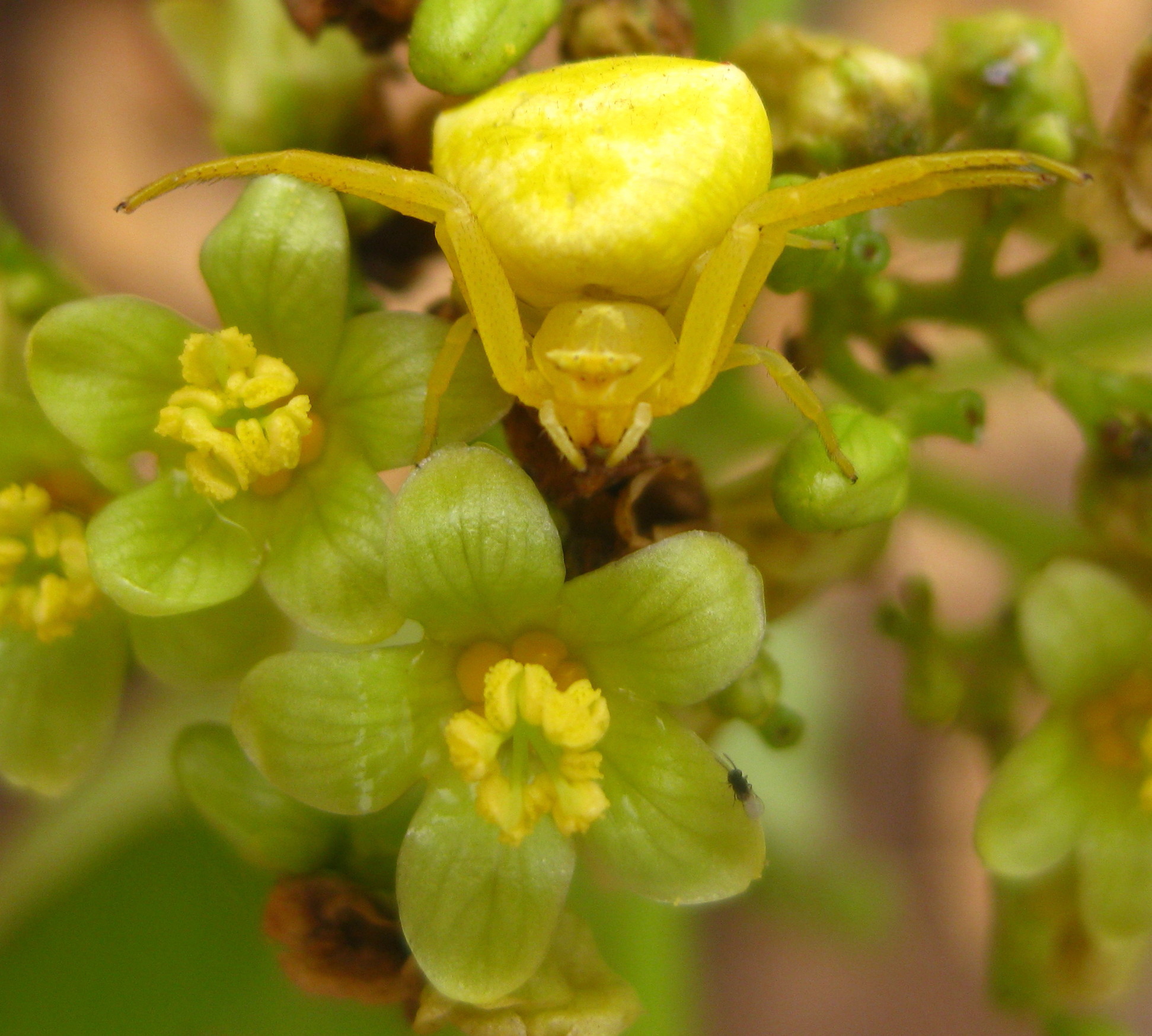
Protecting camouflaged insects requires a different approach than conserving more visible wildlife, since many people don’t even realize these creatures exist in their local environments. Habitat preservation is crucial, as these insects often depend on specific plants and environmental conditions to maintain their disguises effectively. Urban development and agricultural practices can eliminate the precise microhabitats that camouflaged species need to survive. Education programs that help people recognize and appreciate these hidden wonders are essential for building support for their conservation. Many of the world’s most impressive camouflaged insects remain undiscovered or poorly studied, meaning we may be losing species before we even know they exist.
Conclusion
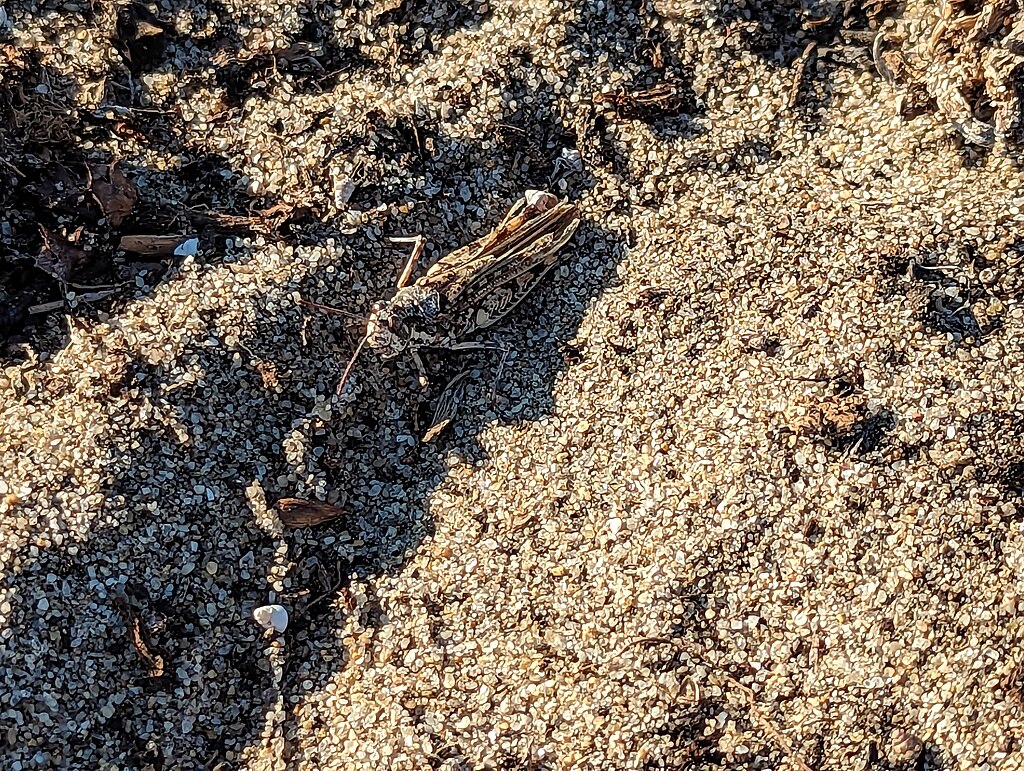
The world of insect camouflage represents one of evolution’s greatest masterpieces, where survival has sculpted living creatures into perfect replicas of the non-living world around them. These remarkable adaptations remind us that nature’s creativity knows no bounds, constantly producing solutions that are both beautiful and brilliantly functional. From stick insects that sway like branches in the wind to leaf insects that decay with artistic authenticity, these creatures have turned invisibility into an art form that continues to amaze scientists and nature lovers alike. Next time you’re walking through a forest or garden, take a closer look at what seems ordinary – you might just be staring at one of nature’s greatest illusions without even knowing it. How many hidden masters of disguise do you think you’ve walked past today?

